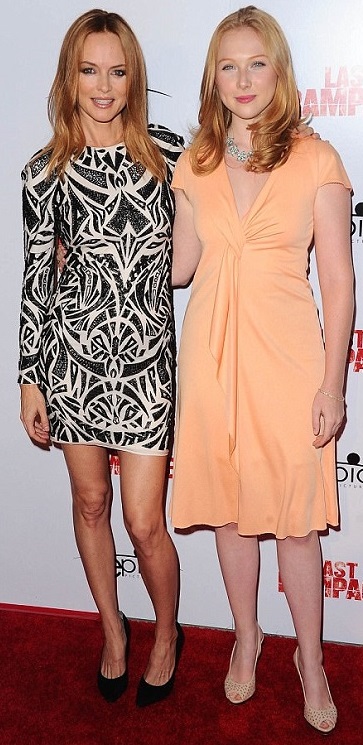I can’t remember if I’ve written before about my fondness for the romantic comedy Music and Lyrics, starring Hugh Grant and Drew Barrymore, but I will now.
Grant of course plays his typical screen persona of the diffident, occasionally-clueless Brit twerp — it works for him, and clearly works for pretty much everyone, so why not? — this time, as a has-been 80’s pop star who can write a lovely pop tune, while Barrymore is a ditzy girl who just happens to have a soaring, but unrealized talent as a lyricist. The movie shows how they meet and fall in love, and that’s all we need to say about the romance. But that’s not what interests me about the story.
You see, the movie is filled with all sorts of insight into the creative process. Anyone who wants to make some kind of living at being “creative” should watch this movie a dozen times, because there is so much received wisdom in the script that it should be used as a college text. A sample is when Barrymore professes to be unable to write a couple of lines because she’s “not feeling inspired”, and Grant excoriates that nonsense by shouting explosively:
“Inspiration is for amateurs!”
No truer words were ever spoken. If you earn a living at anything, Rule #1 is that you have to show up for work every day — and not just show up, but produce something. It’s as true of the creative process as it is for an assembly-line worker.
I’m often asked how I can write something new for this blog each day, and my answer is quite simple: I sit down at my computer, and don’t get up until I’ve written at least two or three posts. Not all of them will get published — I’m very harsh towards my own writing — but I do this every single day, circumstances permitting. Note I use the word “circumstances” and not “inspiration”, because if you are truly creative, as Grant reveals above, you don’t need inspiration to produce something.
When I’m writing a novel, by the way, I spend at least ten hours a day writing. It could be new content, it could be research, or it could be editing; all of that is part of the creation of the work, and all of that is productive.
I remember fondly that when Jack Kerouac revealed that he wrote On The Road in one, long continuous explosion of creation, Truman Capote aptly commented: “That’s not writing; that’s typing!” And he’s absolutely correct: On The Road is a long, muddled and ultimately incoherent tract, and if it can be used for any “teaching moment” it shouldn’t be for its brilliant writing, but as an object lesson in how not to write a novel. Kerouac wrote a lot of other novels, and most of them are better than On The Road because he actually worked at them, rather than relying on creativity (fueled, it should be said, by booze and amphetamines: not the best of influences).
I know, I know: writing a pop song is not the same as writing a novel; but the process is the same.
Incidentally, Music and Lyrics also features a couple of other star turns: Haley Bennett is quite astonishing as a pop diva, and Kristin Johnson equally so as Barrymore’s middle-aged groupie wannabe sister. Come to think of it, there are no bad performances in this movie — and how often do you get to say that?




